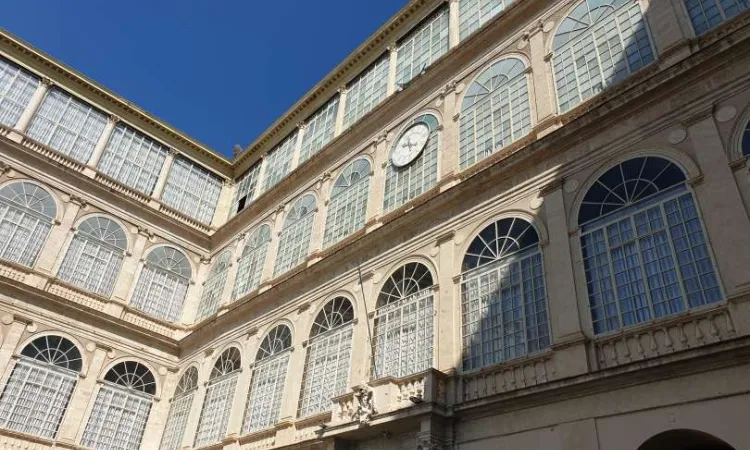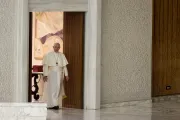The release read that "the Holy Father will address the proposal and, if he deems it convenient, he will establish the office in the way he will decide via a motu proprio."
No office, then. The whole thing is a brain-child of Cardinals Maradiaga and Marx. The proposal was one to which the Vatican Secretariat of State was broadly amenable. The office would formalize the fact that the central power was in the Secretariat of State's hands, as it is now de facto.
The establishment of the office would fit with the Curia reform under discussion. According to the draft leaked of the new Apostolic Constitution Praedicate Evangelium, the Secretariat of State stays as the center of the Curia, as St. Paul VI wanted.
Several steps have already been taken toward consolidation of power within the Secretariat of State and toward streamlining State to make it ready to take on more power. Some of them are the creation of a Third Section - for diplomats - and the creation of a separate Undersecretary for multilateral relations
More in A Vatican Observer
A centralized office for personnel would be a logical next step. However, the establishment of such an office office leaves some issues open. For example, full control over personnel attached to the Institute for Religious Works, the so-called Vatican bank, would appear to be at loggerheads with the IOR new statutes, published in Aug. 2019.
Article 28 of the new IOR statute stresses that "concerning the hiring and the contracting of personnel, principles, and norms established by the Regulation of the Personnel of the Institute time by time are applied, valid for the discipline, salaries, pensions, and health care issues."
In short: the IOR has its own internal regulations that differ from the General Regulation of the Curia.
Article 29 of the Statute included the clause of exclusivity: no IOR official could have other positions outside. This way, the IOR intended to protect itself from of the appearance of conflicts of interest, which were not unheard-of in the season of greater reliance on external consultants.
The new centralized personnel office would break this autonomy. The issue was likely spun to the Pope.
The debate can also be framed in a broader institutional context, linked to the financial scandal for the purchase of a luxury real estate in London. Although the media focused on the financial details of the purchase, the bigger issue was institutional.
The Promotor of Justice, i.e. the Vatican prosecutor, had received two complaints, one initiated by the IOR and one by the Vatican's Auditor General .
(Column continues below)
Subscribe to our daily newsletter
Once he got the green light, the prosecutor launched the raids in the Secretariat of State and Financial Intelligence Authority, which led to the suspension of a top-ranking official, a chief of office and three Holy See's employees.
Among these, Monsignor Mauro Carlino, former Secretary to the Cardinal Angelo Becciu (who served as Vatican Secretariat of State's 'sostituto' from 2011 to 2018) and since Septemeber 2019 chief of the Office for Information and Documentation of the Secretariat of State.
According to the leaks that made it to the press, the IOR filed its complaint after it refused to concede to the Secretariat of State a loan for the purchase of the real estate.
So, it appears there is a sort of protracted institutional arm-wrestling match still underway. All the Vatican dicasteries and entities want to keep autonomy of management. The reforms tend to centralize control.
In the beginning, the centralization of management was directed toward the Secretariat for the Economy. It was, in the end, a non-sustainable model for the Holy See. It did not leverage on the particularity of the Vatican City State. It instead operated considering the Holy See as a business concern rather than as a sovereign entity.
This is the reason why the reforms were adjusted. Some history will help.



